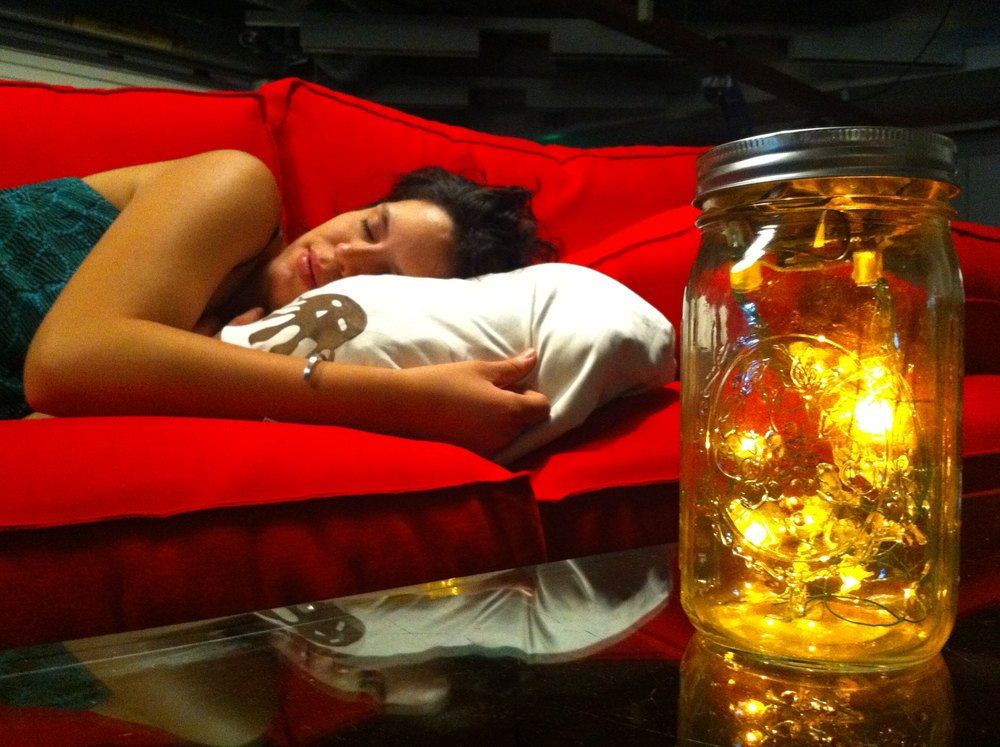Touch Me Tech: Designing for the ‘Phygital’

As humans, we are inherently sensory. Our experiences, interactions and understandings of the world around us are shaped by the physical spaces within which we are constrained. And as much as space controls our actions, so too can our actions control space. It is rare that we would ever rely solely on sight nor is it likely that our actions would ever follow a singular, sequential order; so why is it that computing has so pervasively favoured sight over other senses?
Whilst the capabilities of computing have undoubtedly evolved immensely, our mode of interacting with such devices has remained fairly consistent. Regardless of constant adaptations in device design, size and interface, the use of such devices still relies on direct interaction with its components; we must look at the screen, type on the keyboard, click the mouse. All of these functions ignore the complexities of real-world human functions.
Breaking away from the “sterile world of digital information” (P.19, Hornecher, 2011) and traditional GUIs, research and design in Tangible and Embodied Interaction (TEI) puts emphasis back on the importance of touch in interaction. Humans use kinaesthetic/bodily intelligence to perform tasks, remember physical patterns and develop skills without having to rely on sight. Tangible User Interfaces (TUIs) instead support and design around such intuitive physical interaction and directly play upon the “sensory richness and action potential of physical objects” (P.285, Djajadiningrat et al. 2002). This growing field within HCI seeks to merge the physical and the digital to create interactive spaces within which data is manipulated through the movement of physical objects. In doing so the body becomes the input device and natural human interactions and abilities become integral to the device’s functioning.
The Marble Answer Machine: An Early Vision in Tangible Computing
In order to further-illustrate the concept of TEI, I have chosen two examples of design that I think embody the characteristics typical of tangibles and have chosen one example that shows promise for future endeavours in this field.
Firstly I have chosen “Music-touch Shoes: Vibrotactile Interface for Hearing Impaired Dancers” by Yao et al. These ballet shoes designed for hearing impaired dancers act as both an input and output device; taking in the music and feeding back vibrations in time to the music through the shoe. By allowing the user to feel the rhythm, this design perfectly captures how powerful touch can be when other senses may be impaired.

Pillow-Talk: Capturing and Replaying Dreams
The second example I have chosen to include is “Pillow-Talk: Seamless Interface for Dream Priming Recalling and Playback” by Portocarrero et al. As someone who has my head in the clouds a lot, the possibility of capturing and replaying dreams has always fascinated me. This design integrates embodied and reflective interaction through the combination of physical, tangible input and output objects that have been embedded with digital elements. The pillow can be used to record the user’s narration of their dreams immediately upon waking from it. Once a recording has been input into the pillow, a mason jar of lights will glow, visually signalling the capturing of a dream. This mason jar can then be opened and audio playback of the dream will begin, allowing for recollection and reflection upon dreams at a later time.

Labella: An augmented on-body, wearable system
for embodied intimate self-discovery
Finally, I have chosen to include a paper that I have explored in my own previous work into taboo and stigma. “On Looking at the Vagina through Labella” by Almeida et al., uses on-body and embodied intimate interactions through wearable e-textiles as a means of promoting awareness of body and self. In my searches through previous literature on TEI, there appears to be a significant dearth of application of Tangibles design to Health issues; even less so to women’s health. The application of tangibles for wellbeing and exploration of the body as a space for exploration and interaction shows promise for the future of design in TEI.
Leave a Reply Cancel reply